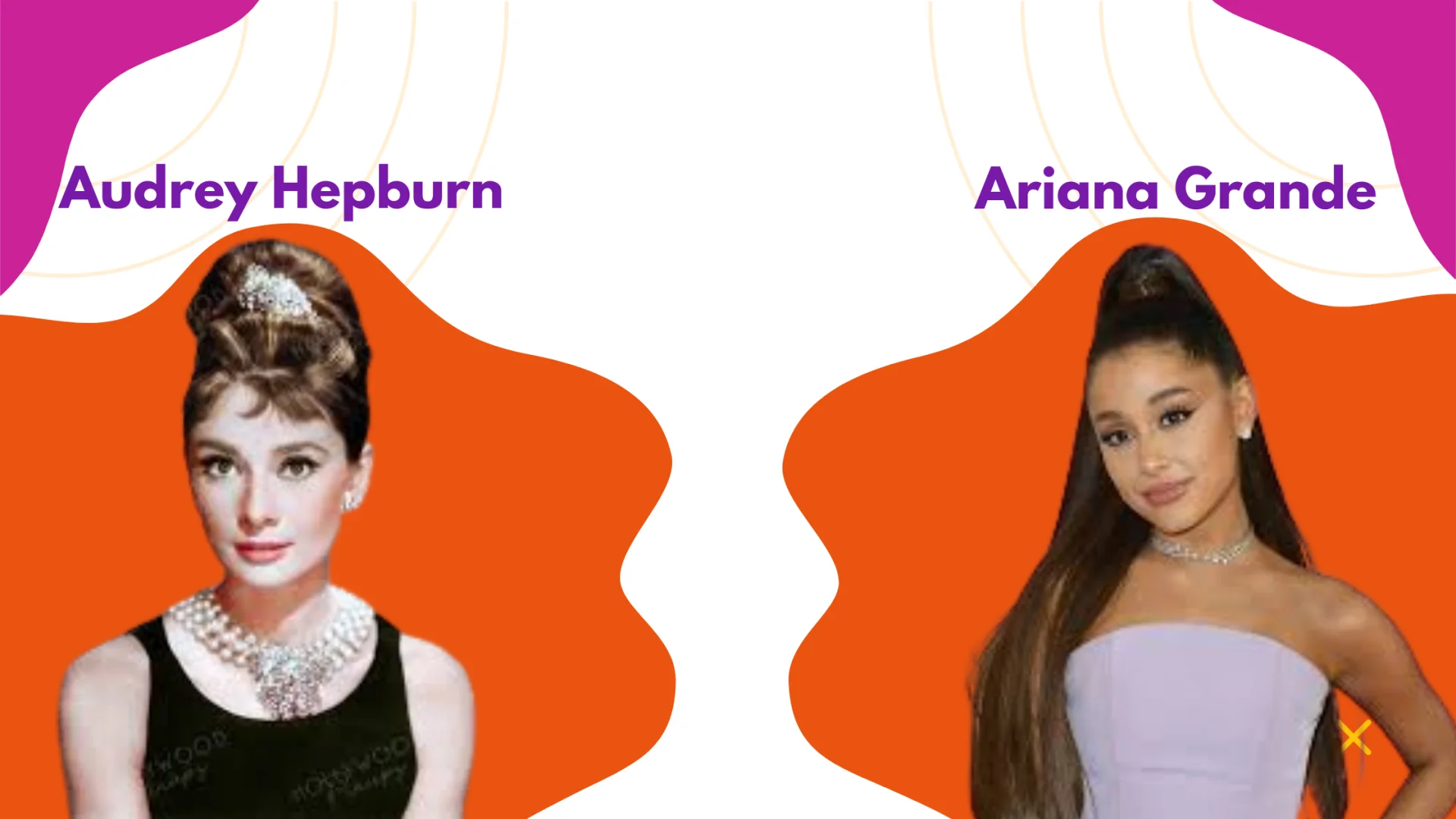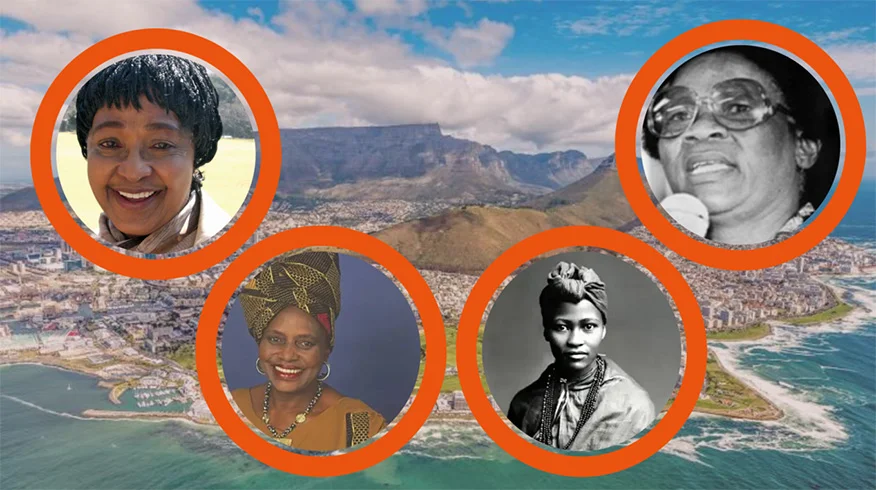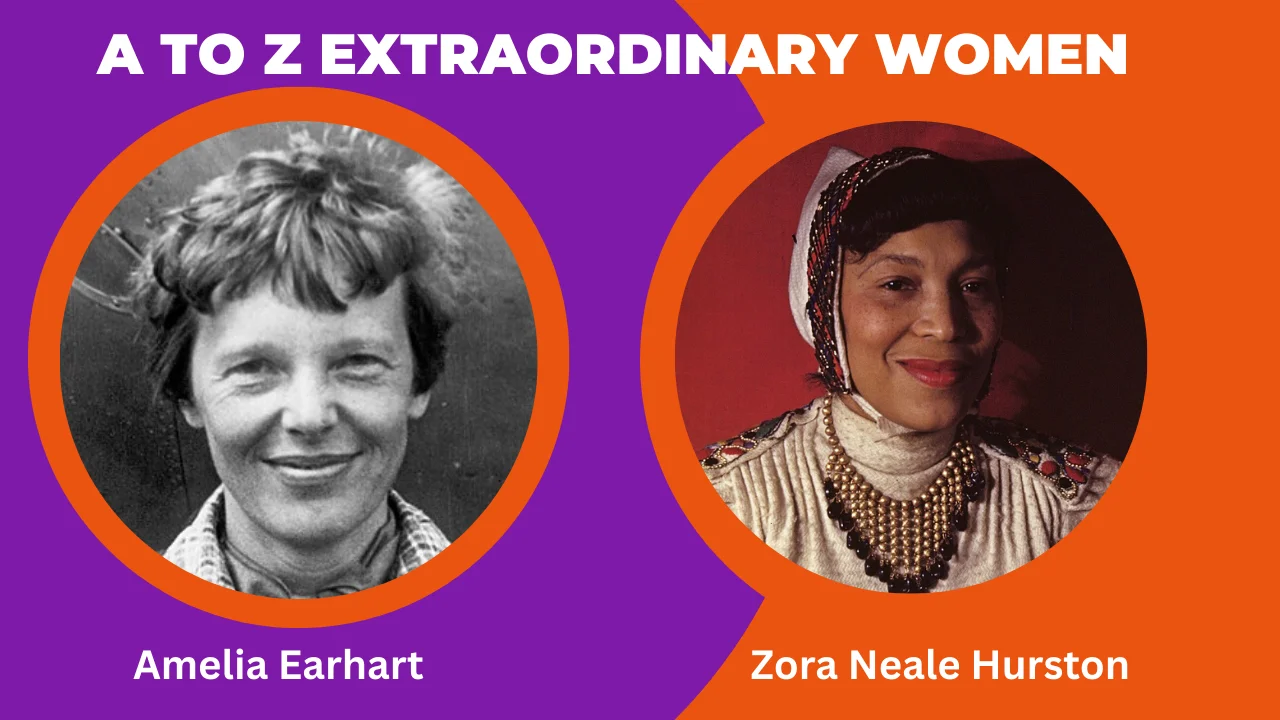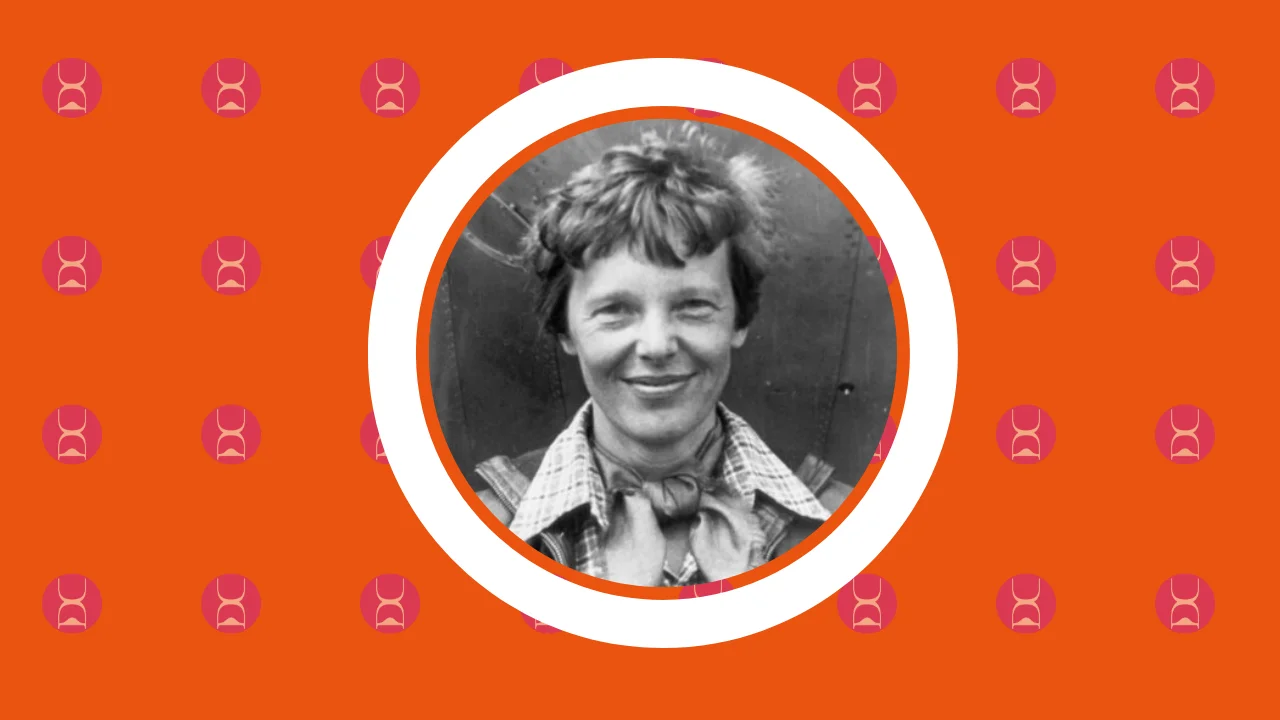Rosalyn Sussman: The Researcher that Made Waves in Medical Sciences
27 Mar 2025
Featured
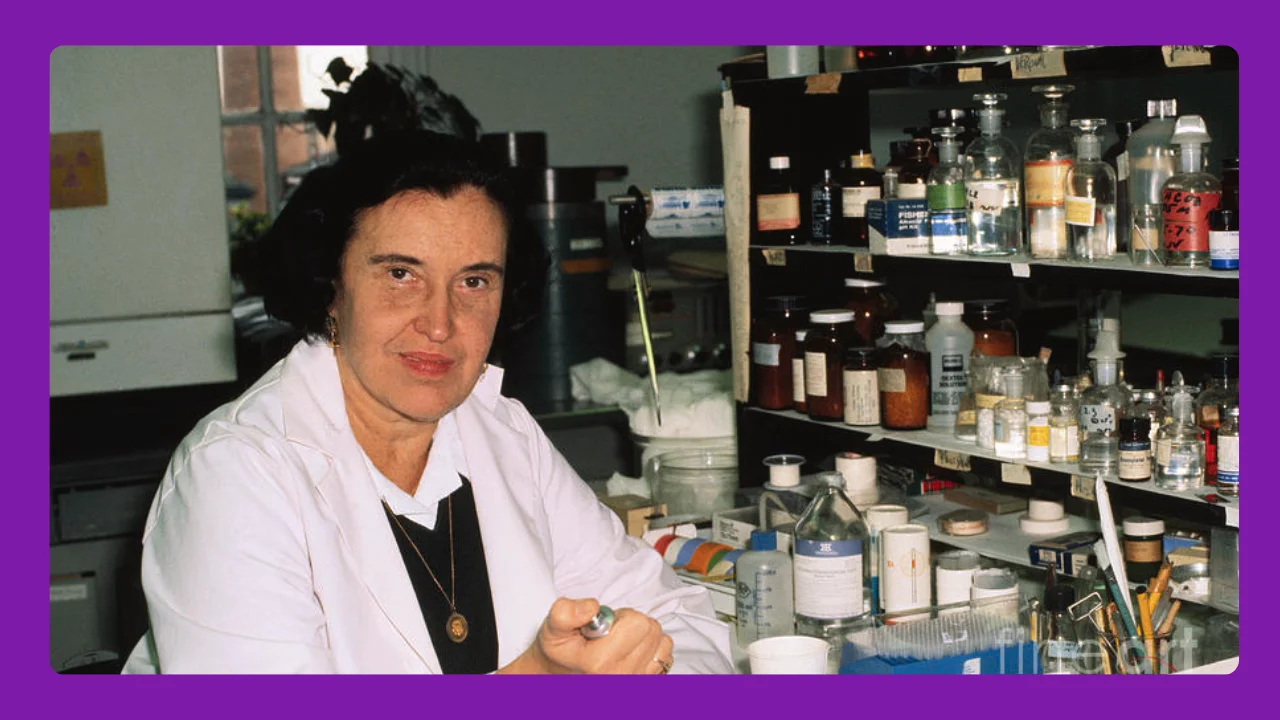
In the realm of medical science, few names shine as brightly as Rosalyn Sussman Yalow. A trailblazing physicist and medical researcher, she defied societal expectations and academic barriers to revolutionize the medical field.
Her groundbreaking work in radioimmunoassay (RIA) paved the way for advancements in diagnosing and treating a multitude of diseases.
Despite the challenges of gender discrimination in science, Yalow’s tenacity and brilliance earned her a Nobel Prize and left a lasting legacy. Her journey is one of resilience, discovery, and an unrelenting pursuit of knowledge.
The Inquisitive and Early Beginning of Rosalyn Sussman
Born on July 19, 1921, in the Bronx, New York, Rosalyn Sussman grew up in a humble yet intellectually stimulating household.
Her parents, Clara and Simon Sussman, instilled in her the values of education and perseverance. Although they did not have formal education beyond high school, they encouraged their daughter’s curiosity and academic ambitions.
Rosalyn’s love for science emerged early. She excelled in mathematics and physics during her high school years, distinguishing herself in a time when women in science were a rarity.
Sussman pursued higher education at Hunter College, an all-women’s institution, where she majored in physics. Graduating with honors in 1941, she faced the reality that opportunities for women in physics were scarce. However, this did not deter her; instead, it strengthened her resolve to break barriers.
Overcoming Academic Struggles in the Face of Challenges
After her undergraduate studies, Rosalyn set her sights on graduate school, but her journey was not without obstacles. Many institutions were reluctant to accept women into their physics programs.
Despite these setbacks, she persevered and eventually secured a teaching assistantship at the University of Illinois at Urbana-Champaign—a rare opportunity for women at the time.
Being the only woman in the physics department came with its challenges. Rosalyn had to prove her worth in a male-dominated field.
With determination and resilience, she earned her Ph.D. in nuclear physics in 1945. Her doctoral research laid the foundation for her future work in medical sciences, blending physics with biological applications.
Lesson: Perseverance - Yalow faced discrimination at every stage of her education, yet she remained resolute in her pursuit of scientific excellence.
The world cannot afford the loss of the talents of half of its people if we are to solve the many problems which beset us. - Rosalyn Sussman Yalow
Creating Groundbreaking Impacts in Science
Rosalyn Sussman Yalow’s most remarkable contribution to science came in the 1950s and 1960s when she, alongside her research partner Solomon Berson, developed the radioimmunoassay (RIA) technique. This innovative method allowed scientists to measure minute amounts of biological substances, such as hormones, in the blood.

source: wikipedia[/caption]
RIA revolutionized medical diagnostics and treatment, enabling breakthroughs in diabetes research, hormone regulation, and even cancer detection. Before this method, measuring insulin levels in diabetics was nearly impossible. Thanks to RIA, doctors could now accurately diagnose and monitor various conditions, improving patient outcomes worldwide.
Despite its immense impact, Rosalyn and Berson initially struggled to gain recognition for their discovery. Some in the scientific community dismissed their work, but persistence paid off. Eventually, RIA was widely accepted and used in medical research, solidifying Rosalyn’s place as a pioneering scientist. In 1977, she became the second woman ever to receive the Nobel Prize in Physiology or Medicine, an honor that cemented her legacy.
Lesson: Collaboration - Yalow and Berson’s teamwork exemplified the power of collaboration. Despite the commercial potential of RIA, they chose not to patent the technique, ensuring its widespread use in research and medicine.
“The trouble with discrimination is not discrimination per se, but rather that the people who are discriminated against think of themselves as second-class.” - Rosalyn Sussman
Life Outside Scientific Research (Creating More Impact through Advocacy and Mentorship)
Beyond her research, Rosalyn Sussman Yalow was a passionate advocate for women in science. Having faced numerous hurdles in her career, she dedicated herself to mentoring young female scientists and breaking down barriers that limited women’s participation in STEM fields.
She actively spoke about gender disparities in the sciences, encouraging institutions to support and promote women in research. Her mentorship extended beyond academia; she worked with various organizations to advance women’s rights in education and the workplace.
Rosalyn’s advocacy work inspired countless young women to pursue careers in physics, medicine, and other scientific disciplines. Her story became a beacon of hope, proving that perseverance and intellect could overcome systemic discrimination.
Family Life and Legacy
Despite her demanding career, Rosalyn managed to maintain a fulfilling family life. She married Aaron Yalow, a fellow physicist, and they raised two children together. Her ability to balance family and scientific pursuits was a testament to her unwavering determination and discipline.
Her legacy extends far beyond her scientific discoveries. The radioimmunoassay technique continues to influence medical research and diagnostics, saving millions of lives. In addition to the Nobel Prize, she received numerous awards, including the National Medal of Science and the Albert Lasker Award for Basic Medical Research.
Even after her passing in 2011, her impact remains profound. Institutions worldwide continue to honor her contributions, and her story is a source of inspiration for aspiring scientists. Her work reminds us that progress often requires challenging the status quo and persevering against all odds.
“The only difference between men and women in science is that the women have the babies. This makes it more difficult for women in science, but… it is merely another challenge to be overcome.” - Rosalyn Sussman Yalow
Conclusion
Rosalyn Sussman Yalow was not just a scientist; she was a revolutionary force in medical research and a trailblazer for women in science. Her early curiosity, relentless determination, and groundbreaking discoveries forever changed the landscape of medical diagnostics. Despite facing discrimination and skepticism, she proved that intellect and hard work could break barriers.
Her life serves as an inspiring example of what is possible when talent meets perseverance. From her pioneering RIA technique to her advocacy for women in science, Rosalyn’s legacy continues to shape the scientific world. Her journey is a testament to the power of resilience and the limitless possibilities that arise when one refuses to accept societal limitations.
For anyone facing obstacles in their career, Rosalyn’s story is a reminder that persistence and passion can lead to groundbreaking achievements. Her contributions to medical science will continue to benefit humanity for generations to come.
To learn more about Yalow’s, read Rosalyn Yalow: Nobel Laureate: Her Life and Work in Medicine.
Reference
Tags
Women
Nobel
Latest Posts
Tags
- Women27
- Scientist9
- Author6
- Inventor3
- Nobel3
- Singer3
- Actor2
- Activist2
- Physicist2
